Deep in the rocky outcrops of South Africa, a small dragon-like creature has mastered one of nature’s most ingenious defense mechanisms. When danger approaches, this remarkable reptile transforms itself into an impenetrable sphere, tucking its vulnerable head and soft belly away behind rows of razor-sharp spikes. The armadillo girdled lizard, scientifically known as Ouroborus cataphractus, represents millions of years of evolutionary perfection in action.
The Living Armor of Ancient Dragons
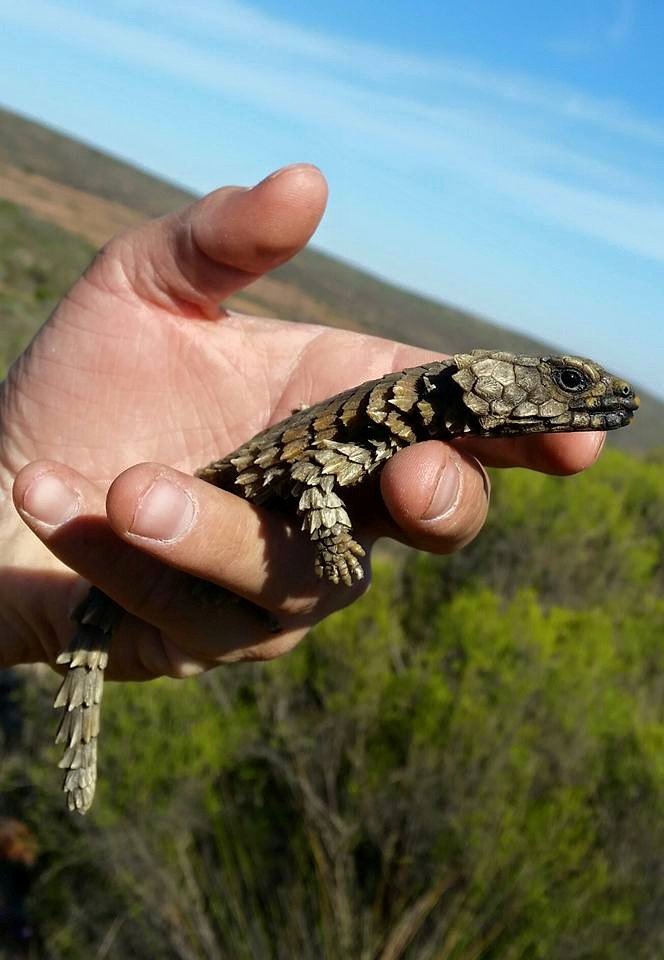
The armadillo girdled lizard looks like something straight out of medieval fantasy, complete with overlapping scales that form natural chainmail across its body. These rectangular plates, called osteoderms, contain actual bone beneath the keratin surface, creating armor that would make knights jealous. The lizard’s back displays bands of golden-brown scales with darker borders, creating a pattern that perfectly camouflages it against sun-baked rocks.
Each scale serves multiple purposes beyond protection. The overlapping arrangement allows for flexibility while maintaining defensive integrity, much like how roof tiles shed water while staying secure. The coloration isn’t just for show either – it provides crucial camouflage that helps the lizard blend seamlessly into its rocky habitat during the day.
The Physics Behind the Perfect Ball

When threatened, the armadillo girdled lizard performs what scientists call “conglobation” – the ability to roll into a complete sphere. This isn’t just a simple curl like a pill bug; it’s a precisely coordinated movement that requires incredible flexibility and timing. The lizard grabs its tail with its mouth, creating a closed loop that protects all vulnerable body parts.
The physics of this defensive posture are remarkable. By forming a ball, the lizard minimizes its surface area while maximizing protection, presenting only armored scales to potential predators. The spiky exterior makes it nearly impossible for predators to find a grip, while the spherical shape allows the lizard to roll away from danger if needed.
Habitat and Home Range Secrets

These fascinating creatures inhabit the rocky outcrops and crevices of South Africa’s Western Cape Province, particularly in the Succulent Karoo biome. They’re endemic to this region, meaning they exist nowhere else on Earth naturally. The lizards prefer areas with flat rock surfaces and deep cracks where they can hide during extreme weather or when threatened.
Their habitat choice isn’t random – the rocky terrain provides perfect hunting grounds for their insect prey while offering countless hiding spots. The rocks also serve as thermal regulators, allowing the cold-blooded lizards to warm up in the morning sun and cool down in shaded crevices during the scorching afternoon heat.
Social Behavior That Defies Reptilian Stereotypes
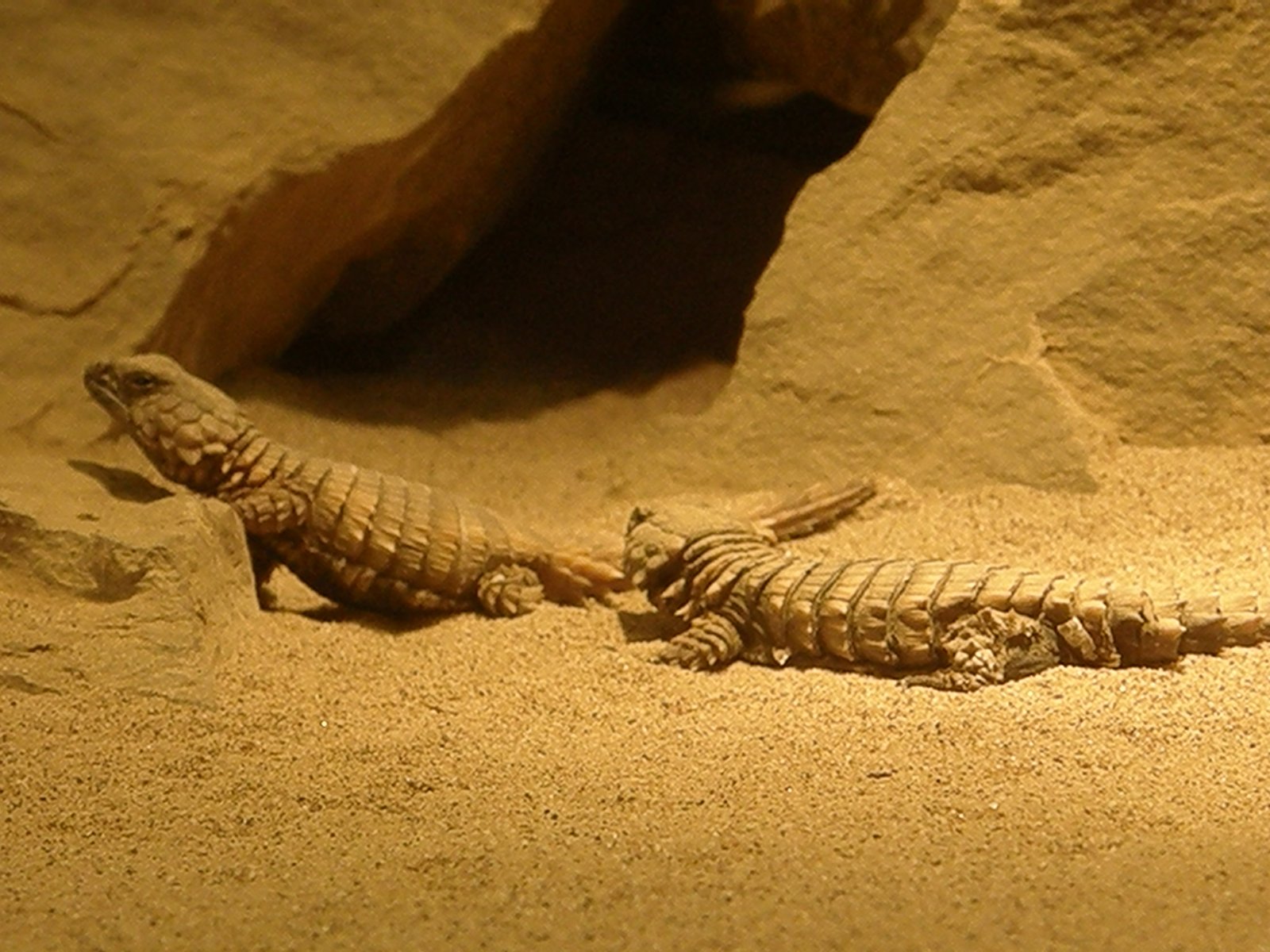
Unlike most lizards that live solitary lives, armadillo girdled lizards are surprisingly social creatures. They often live in family groups of up to 60 individuals, sharing the same rock crevices and foraging areas. This communal lifestyle provides additional protection through the “many eyes” principle – more individuals mean better detection of approaching threats.
These social bonds extend beyond mere convenience. Young lizards often stay with their parents for several years, learning crucial survival skills and territory boundaries. The group dynamic also helps during the breeding season, as males can establish hierarchies without excessive fighting that might attract predators.
Diet and Hunting Strategies
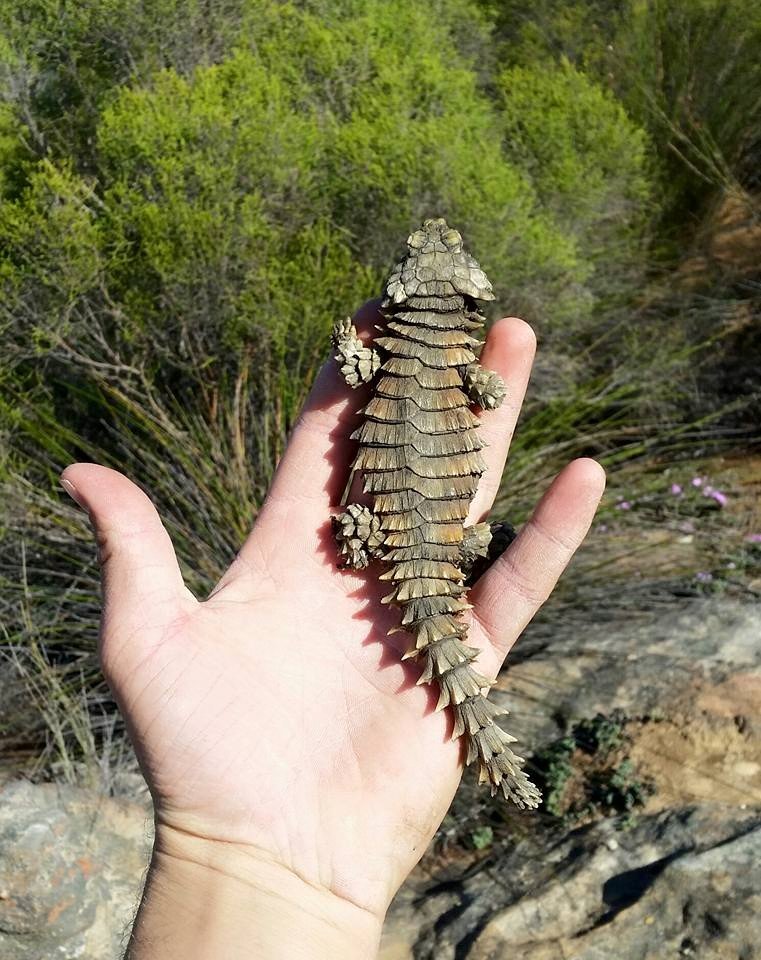
Despite their fearsome appearance, armadillo girdled lizards are primarily insectivores with a particular fondness for termites and beetles. They’re ambush predators, waiting patiently near ant trails or termite mounds before striking with lightning speed. Their diet also includes small spiders, crickets, and occasionally plant matter when insects are scarce.
Their hunting technique involves more strategy than might be expected. They’ve been observed working together to flush out insects from crevices, with some individuals acting as “beaters” while others wait to catch fleeing prey. This cooperative hunting behavior is extremely rare among reptiles and demonstrates their remarkable intelligence.
The Mating Rituals of Armored Romance
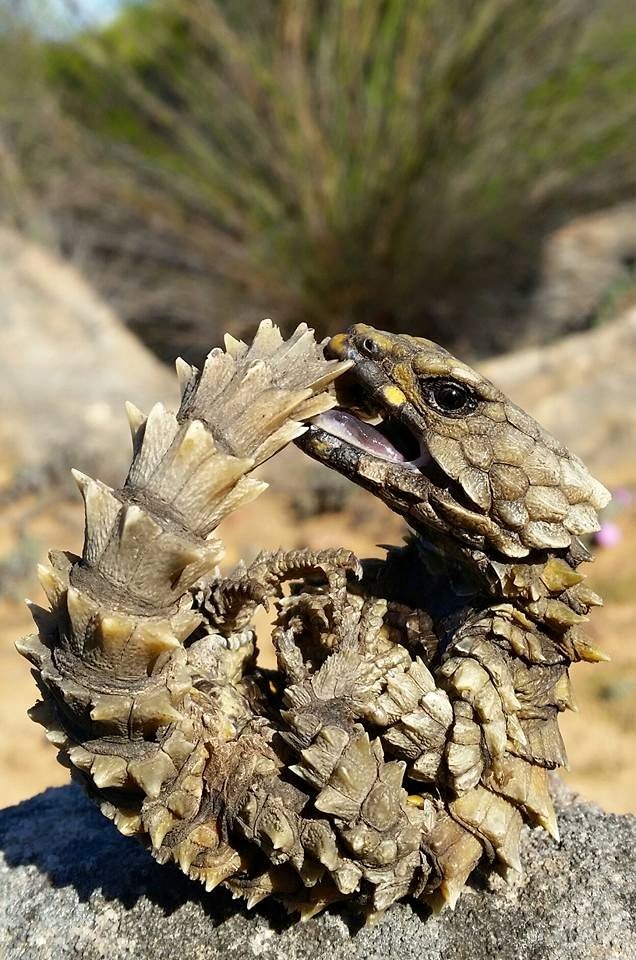
Breeding season brings out fascinating courtship behaviors in these armored lizards. Males establish territories on prime rock surfaces and engage in elaborate displays involving head bobbing, push-ups, and showing off their brightest coloration. The competition can be fierce, but rarely results in serious injury thanks to their protective armor.
What makes their reproduction truly unique is that females give birth to live young rather than laying eggs. This ovoviviparous reproduction means the eggs develop inside the mother’s body, and she gives birth to one or two fully formed miniature lizards. This strategy ensures higher survival rates in their harsh, predator-rich environment.
Predators and Survival Challenges
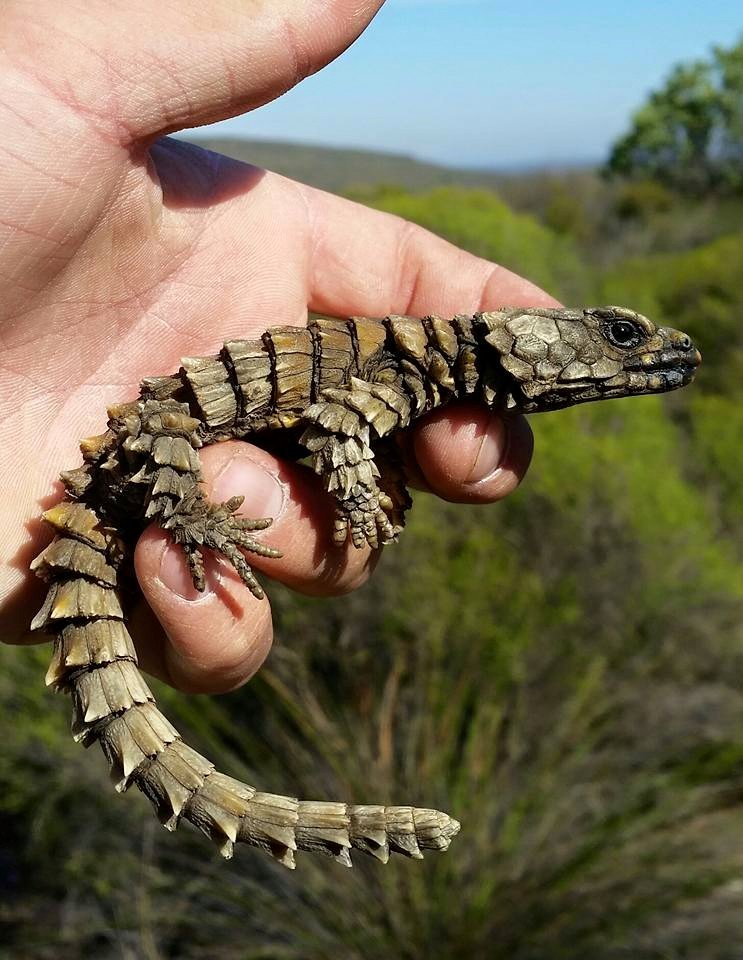
The armadillo girdled lizard faces numerous threats in its rocky homeland. Birds of prey, particularly secretary birds and various hawks, pose the greatest danger from above. Ground-dwelling predators include caracals, genets, and various snake species that can navigate the rocky terrain with ease.
Their ball-rolling defense mechanism is particularly effective against mammalian predators who rely on grabbing and shaking their prey. However, persistent predators sometimes wait out the defensive posture, forcing the lizard to eventually unfurl and attempt escape. The key to survival lies in choosing the right moment to run versus the right moment to roll.
Temperature Regulation and Thermoregulation
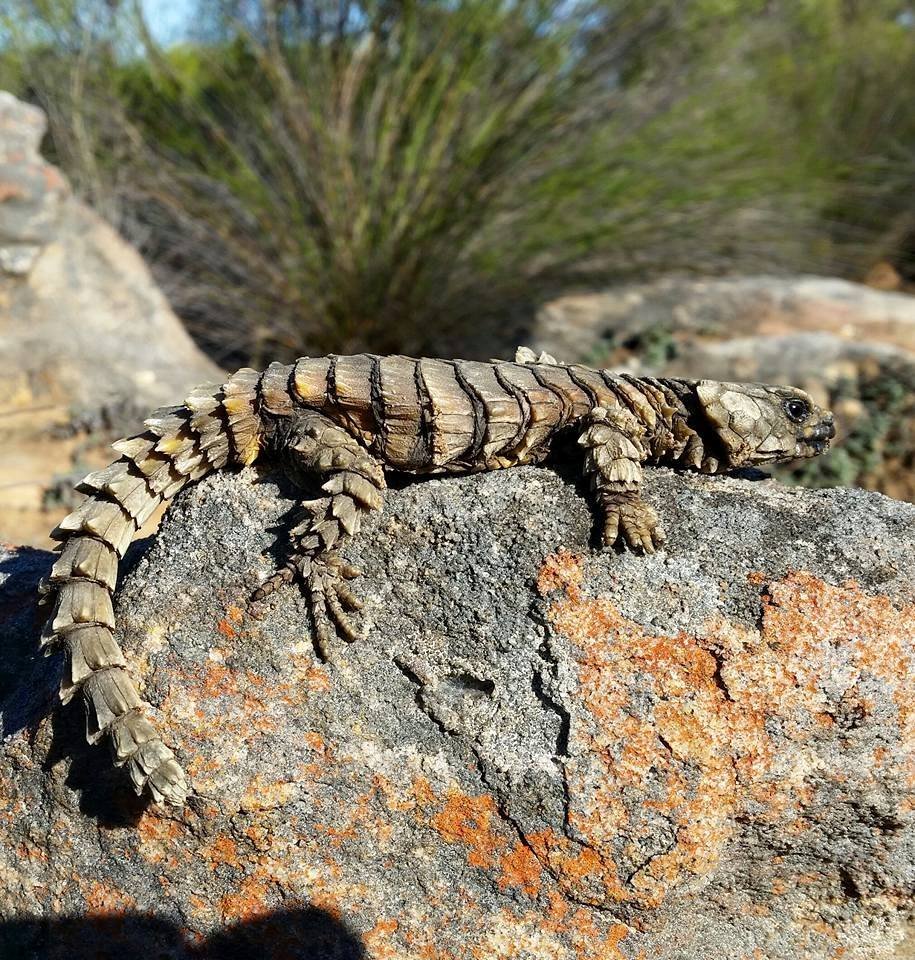
Like all reptiles, armadillo girdled lizards are ectothermic, meaning they rely on external heat sources to regulate their body temperature. Their daily routine revolves around this fundamental need, with mornings spent basking on sun-warmed rocks and afternoons seeking shade in deep crevices.
Their dark coloration helps them absorb heat quickly during cool mornings, while their ability to flatten their bodies increases surface area for maximum sun exposure. During extreme heat, they retreat deep into rock cracks where temperatures remain relatively stable, sometimes remaining inactive for hours until conditions improve.
Conservation Status and Threats

The armadillo girdled lizard faces mounting pressures from habitat destruction and the illegal pet trade. Their unique appearance and docile nature make them highly sought after in the exotic pet market, leading to significant poaching pressure. Climate change also threatens their specialized habitat, as changing rainfall patterns affect their rocky ecosystem.
Conservation efforts focus on habitat protection and stricter enforcement of wildlife trafficking laws. The species is protected under South African law, but enforcement in remote areas remains challenging. Public education about their ecological importance helps reduce demand for wild-caught specimens.
The Evolution of Ball-Rolling Defense
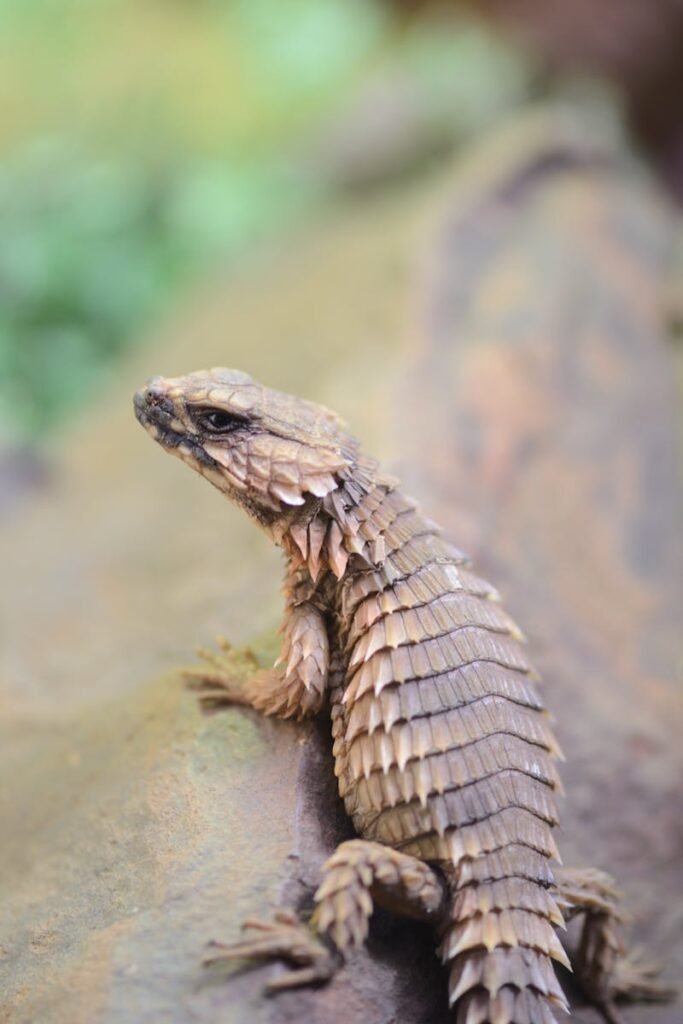
The ability to roll into a ball didn’t evolve overnight – it represents millions of years of gradual adaptation to specific environmental pressures. Fossil evidence suggests that similar defensive strategies existed in ancient reptiles, but the armadillo girdled lizard has perfected this technique to an art form.
This defensive strategy likely evolved in response to the specific predator assemblage of South Africa’s rocky habitats. The combination of aerial and terrestrial threats created selective pressure for a defense mechanism that could work against multiple types of predators simultaneously.
Sensory Adaptations and Awareness
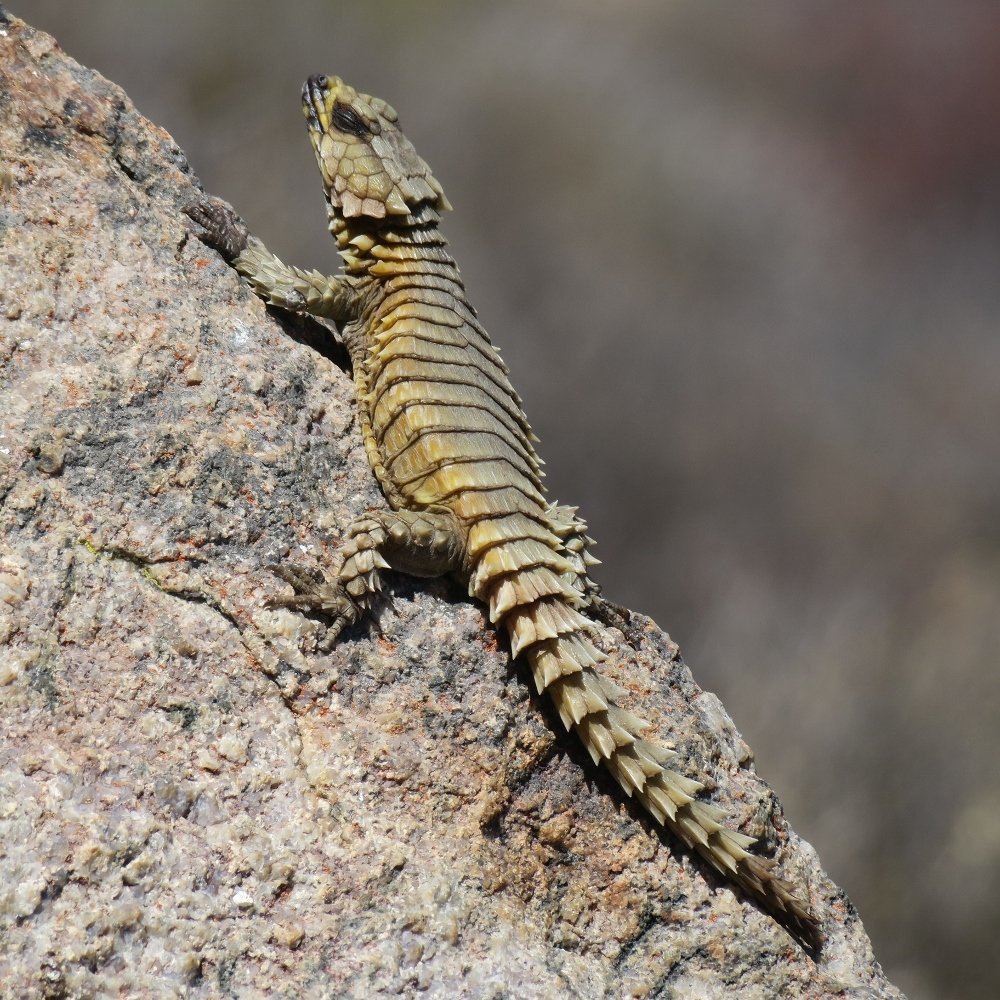
These lizards possess remarkably acute senses that help them detect threats before they become critical. Their vision is particularly sharp, capable of detecting movement from considerable distances. They also have excellent hearing, allowing them to pick up the subtle sounds of approaching predators on rocky surfaces.
Their sense of touch is equally impressive, with specialized scales that can detect minute vibrations in the rock substrate. This early warning system gives them precious seconds to decide whether to hide, run, or roll into their defensive ball. The combination of these senses creates a comprehensive threat detection network.
Seasonal Behavior Patterns
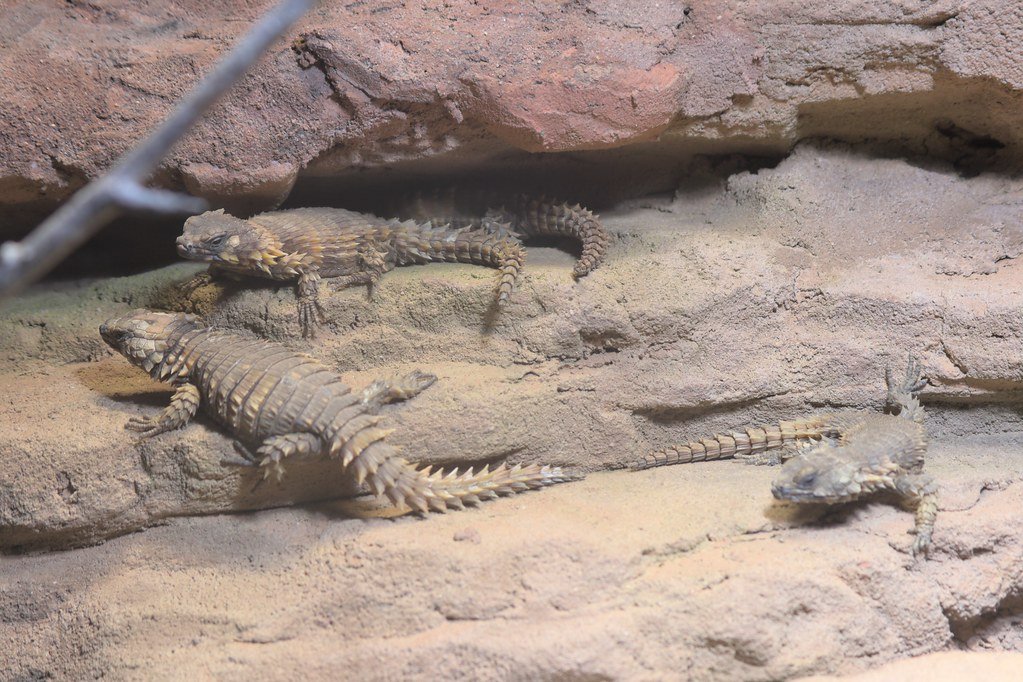
The armadillo girdled lizard’s behavior changes dramatically with the seasons. During South Africa’s winter months (May through August), they become less active and may enter a state of brumation – the reptilian equivalent of hibernation. This period of reduced activity helps them conserve energy when food is scarce and temperatures are low.
Spring emergence is a spectacular sight as dozens of lizards emerge from their winter retreats to bask in the warming sun. This is also when territorial disputes are most common, as males compete for the best basking spots and potential mates. Their activity peaks during the warm summer months when insects are most abundant.
Communication Methods and Social Signals
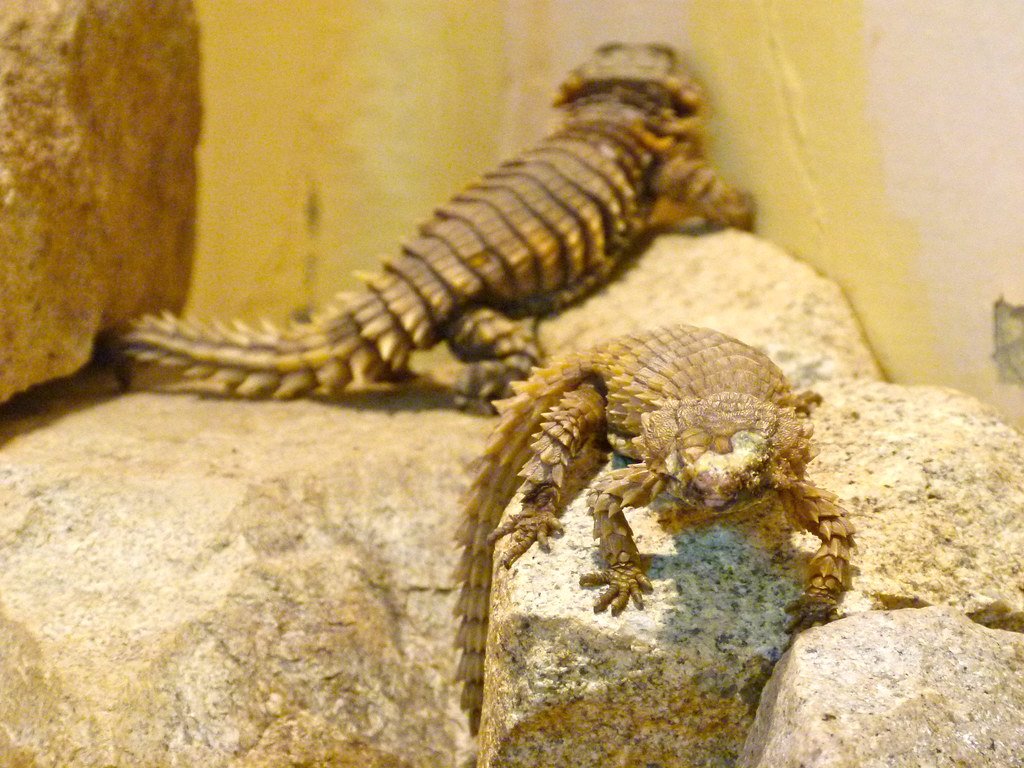
Despite their quiet nature, armadillo girdled lizards have developed sophisticated communication methods. They use a combination of visual signals, body postures, and chemical cues to convey information to other group members. Head bobbing patterns vary in speed and intensity to communicate different messages, from territorial claims to submission signals.
Chemical communication plays a crucial role in their social structure. They have specialized glands that produce pheromones, which they deposit on rocks to mark territory boundaries and signal reproductive status. These chemical messages can persist for days, creating an invisible information network throughout their habitat.
Juvenile Development and Learning
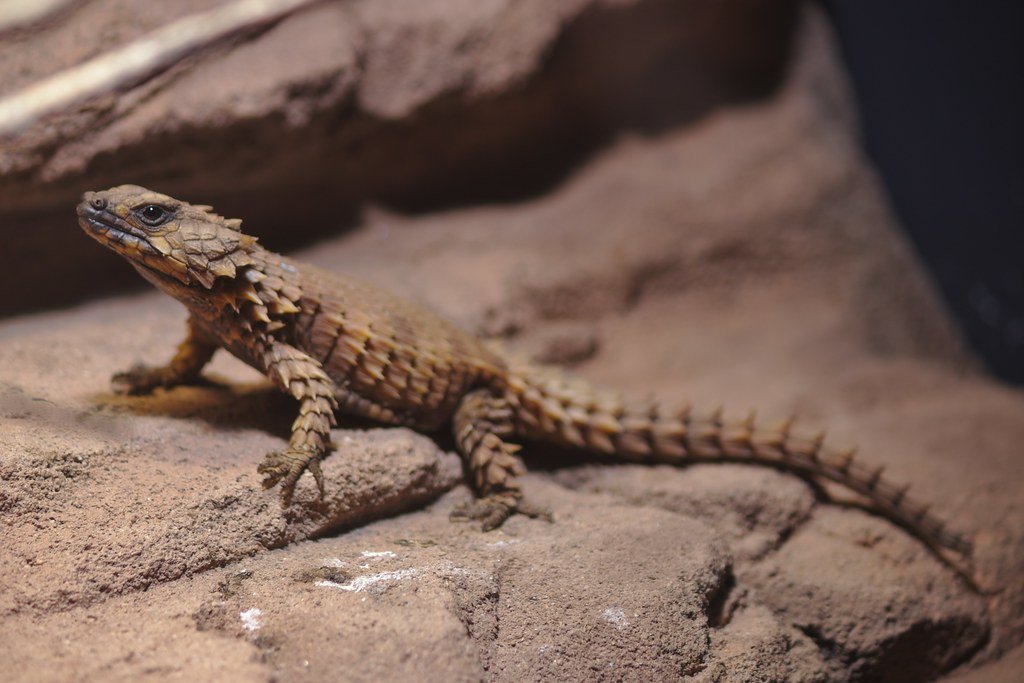
Young armadillo girdled lizards face unique challenges in their rocky world. Born fully formed but only about one-third the size of adults, they must quickly learn to navigate the complex terrain while avoiding predators that their parents can easily deter. The juveniles’ smaller size makes them vulnerable to threats that adults can ignore.
The learning process involves observing adult behavior and gradually developing the coordination needed for effective ball-rolling. Young lizards often practice their defensive postures during play, perfecting the timing and positioning that could save their lives. This extended learning period is unusual among reptiles and highlights their complex social structure.
Ecological Role and Environmental Impact
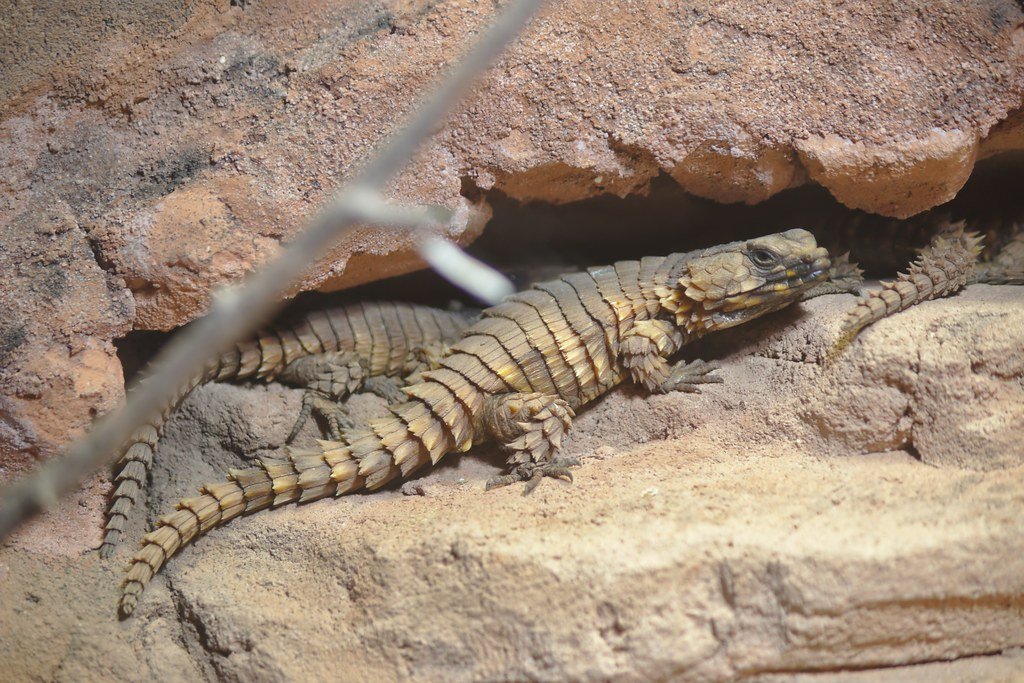
The armadillo girdled lizard plays a crucial role in its ecosystem as both predator and prey. Their appetite for insects helps control populations of potential agricultural pests, while their own presence supports various predator species. They also serve as seed dispersers for certain plants, carrying seeds in their digestive systems as they move between rocky outcrops.
Their burrowing and crevice-dwelling behavior contributes to soil formation and rock weathering processes. Over time, their activities help create the microhabitats that support entire communities of smaller creatures, from insects to arachnids. This ecological engineering makes them a keystone species in their rocky domain.
Myths and Cultural Significance

Local folklore has long celebrated the armadillo girdled lizard as a symbol of protection and resilience. Traditional stories often feature these creatures as guardians of hidden treasures, their armor-like scales representing impenetrable defense. Some communities believe that carrying a shed scale brings good luck and protection from harm.
Modern scientific understanding has replaced superstition with appreciation for their remarkable adaptations. However, this cultural significance has unfortunately contributed to collection pressure, as some people still seek them for traditional medicine or as good luck charms. Education about their true ecological value helps combat these harmful practices.
Research and Scientific Discoveries
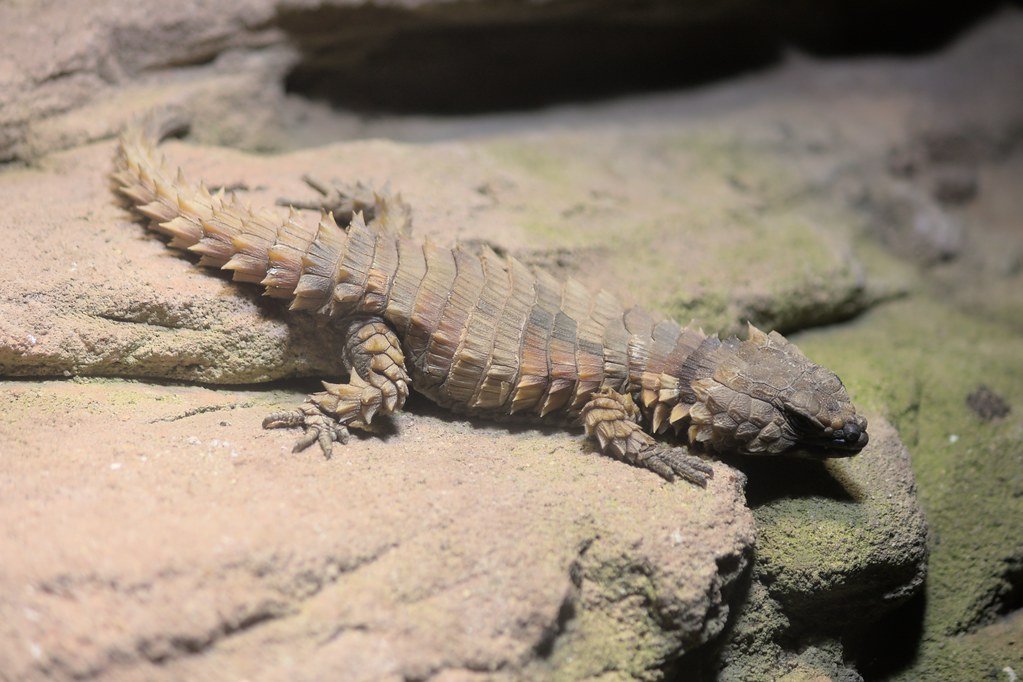
Recent research has revealed surprising insights about armadillo girdled lizard intelligence and behavior. Studies show they can recognize individual group members and remember the locations of multiple hiding spots across their territory. Their problem-solving abilities exceed expectations for reptiles, with some individuals learning to overcome novel obstacles to reach food sources.
Genetic studies have revealed that their populations are more isolated than previously thought, with different rock outcrops supporting genetically distinct groups. This finding has important implications for conservation efforts, as it suggests that protecting habitat connectivity is crucial for long-term species survival.
Future Conservation Challenges
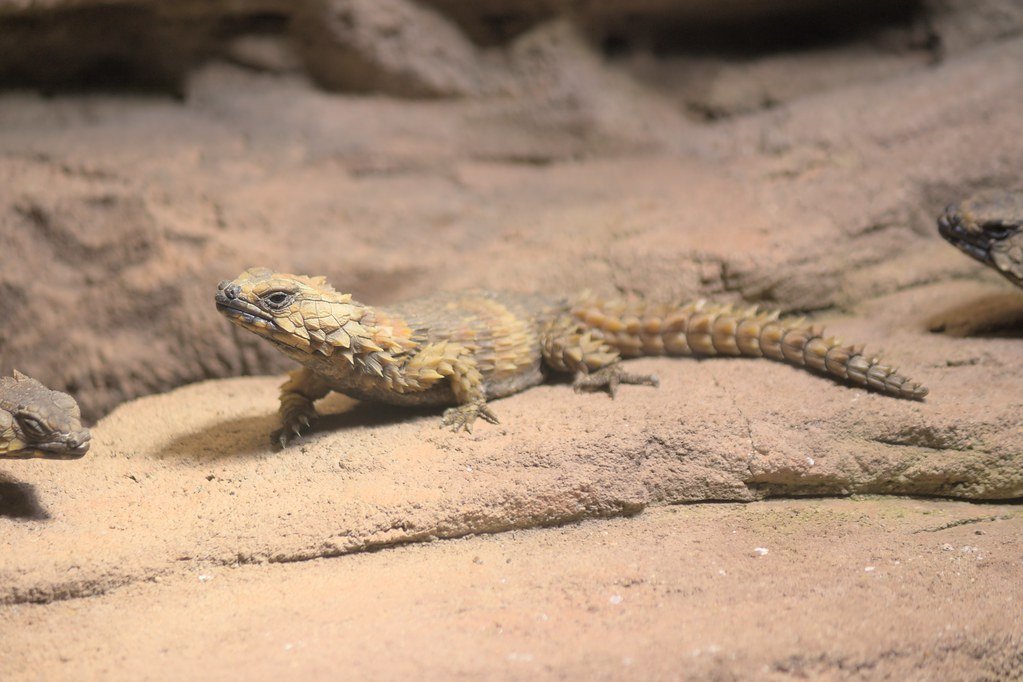
Climate change poses new threats to these specialized lizards as their rocky habitats face increasing temperature extremes and altered precipitation patterns. The narrow temperature ranges they require for optimal activity may shift beyond their ability to adapt, forcing them to seek new territories or face local extinction.
Urban development continues to fragment their habitat, creating isolated populations that are more vulnerable to genetic bottlenecks and local disasters. Conservation biologists are working to establish protected corridors between remaining populations, but the challenge is enormous given the species’ specific habitat requirements.
The Legacy of Living Armor
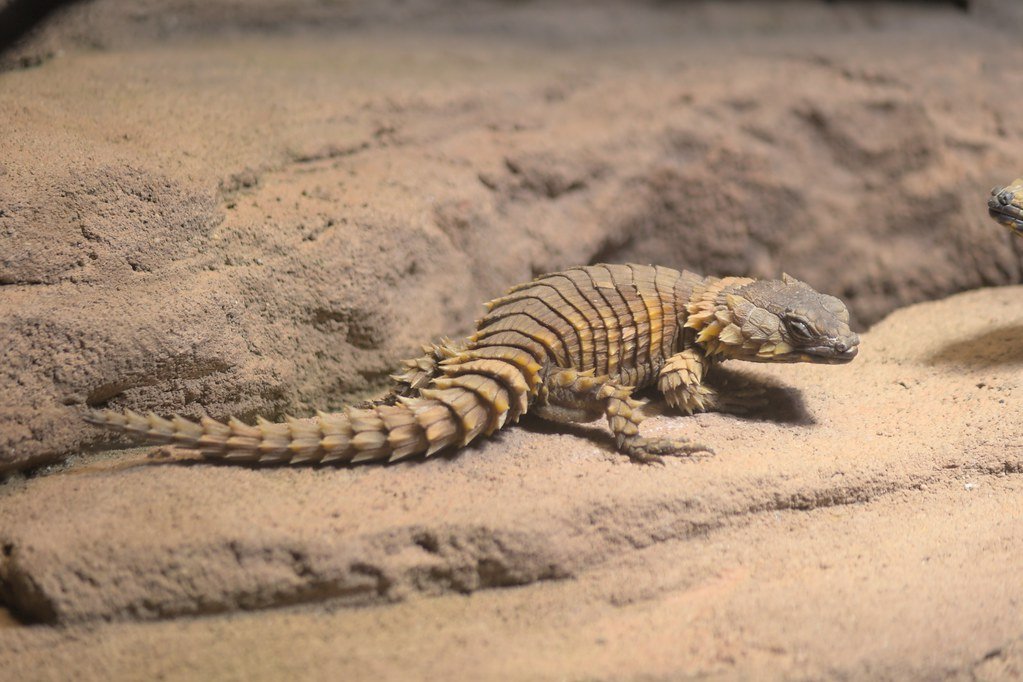
The armadillo girdled lizard represents one of nature’s most successful experiments in defensive adaptation. Their ability to transform from an active predator to an impenetrable sphere in seconds demonstrates the incredible diversity of survival strategies that evolution can produce. These remarkable creatures remind us that some of the most effective solutions to life’s challenges can be found in the most unexpected places.
Their story continues to unfold as researchers discover new aspects of their behavior and ecology. Each revelation adds another layer to our understanding of how complex life can emerge from seemingly simple adaptations. The next time you see a rock formation in South Africa’s Western Cape, remember that it might be home to one of nature’s most perfectly armored defenders.
What other secrets might these living gems of the rocky world still be hiding in their ancient armor?




